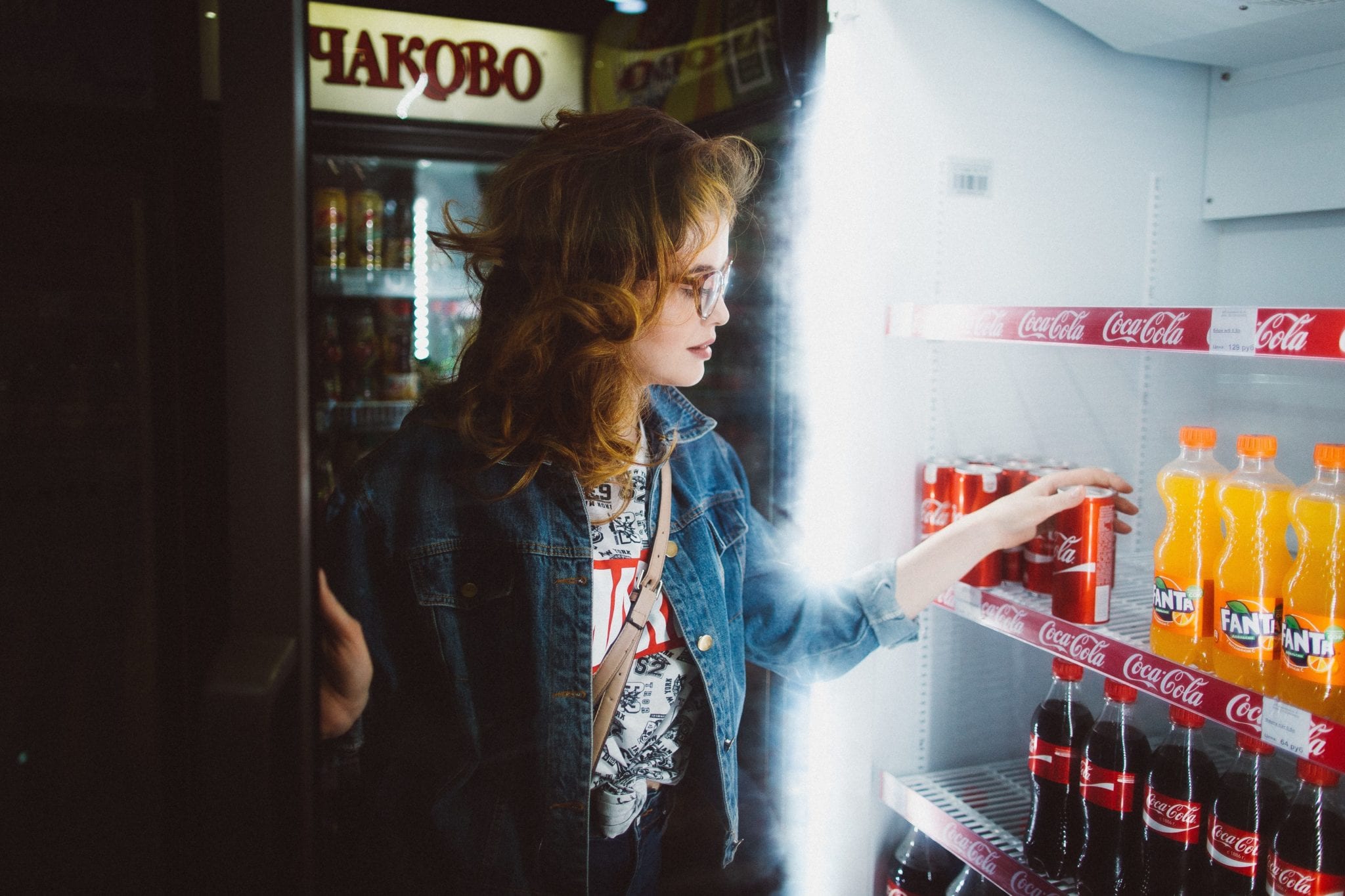If you work in the consumer packaged goods (CPG) sector you have probably been losing sleep lately. From activist investors to changing retail models and the speed of Chinese manufacturing, there are diverse and disruptive forces impacting the big CPG companies and the brands they sell. In the not-so-distant past, CPG seemed like a safe sector—after all, if robots take over we will still need soap and toilet paper, right? The future no longer seems secure, and it’s becoming increasingly difficult each night to place our well shampooed hair onto our well laundered pillows without wondering what further changes and challenges the coming day will bring.

The Rise of the Anti-Brand Brand
The sector has been battling against private or own label goods for some time now, and as these non-brand name goods grow in market share, many have also gained the confidence to position themselves as brands. This laid the foundation for what we are seeing today, the rise of the “anti-brand” brand. The best example of this is Brandless, a consumer goods company that trades exclusively online—the self-proclaimed, “Procter & Gamble for Millennials.” Everything they sell is $3.00—from Crushed Pepper & Truffle Oil Popcorn to Eucalyptus and Lavender Gel Hand Soap. They do this by shortening the supply chain and reducing the spend on packaging, advertising, and in-store promotion. They even highlight their trademarked “BrandTax” that a consumer would typically pay for a comparable product from a well-known brand.
Another anti-brand is Beauty Pie, an online beauty community and subscription service founded by Marcia Kilgore. After founding Bliss Spas and Soap & Glory, Kilgore has impeccable brand building credentials and some can’t help but feel she has turned to the dark side. Beauty Pie features an extensive offering of beauty and skincare products that come from the same manufacturers that supply all the leading beauty brands, many of whom are owned by the large CPGs. Like Brandless, Beauty Pie has a non-traditional pricing model—once you commit to the £10 subscription fee, you can buy £75 face serum for just £7.50. It’s hard to resist the allure of these prices even without the heady and heavily fragranced experience of the beauty counter.
Avoiding the Aisle
Of course, Beauty Pie isn’t the only subscription service out there. The grooming category is suffering heavily at the hands of challenger businesses like Dollar Shave Club and Harry’s that deliver blades and handles right to your door, circumnavigating the aisle and the premium pricing. The subscription model makes it impossible to lure shoppers back through the siren song of the shelf talker or the BOGOF.
P&G famously refers to the shopper’s interaction with product at shelf as the “first moment of truth.” As online shopping and subscription models become increasingly pervasive, we need to accept the harsh truth of a new reality that requires different moments of intervention throughout the purchase journey.
Alexa the All-Knowing
It is impossible to discuss the CPG sector without mentioning Amazon’s acquisition of Whole Foods. The opportunity to marry Amazon’s unmatched insight into consumer shopping habits with the Whole Food Everyday Values offer is nothing short of terrifying for the marketers of branded products.
Then consider Alexa. Sitting silently in the corner, she has gotten to know us far better than we can imagine and has the potential to infiltrate even the most loyal of brand relationships. It’s not unimaginable that as you dictate your weekly shop Alexa will suggest comparable own-label products, and lured by her dulcet tones you soon find your drawers filled with Amazon batteries and cupboard stocked with Whole Foods cereal.
Think Outside of the Packaging
Despite the disruption, I wouldn’t consider the big packaged goods companies down for the count just yet. It may just take some out of the box—or out of the packaging if you will—thinking to stay relevant in a rapidly evolving environment.
-
- Hold Nothing Sacred: As CPG writes its next chapter, it will need to examine every aspect of the supply chain and product lifestyle and be open to making significant changes. The future may include direct sales or securing a stake in retail channels. Pricing might be dictated by consumer reviews and it may make sense commercially to manufacture goods for the “anti-brands.” No one knows the answers yet, but the CPGs need to ask provocative questions that will challenge traditional ways of doing business.
-
- Open the Doors: CPG companies pride themselves on strong internal cultures, but future successes require a willingness to look outward and invite innovative thinking inside. Instead of preparing for disruption, why not roll out the red carpet? By inviting entrepreneurs and innovators into the business, CPGs will benefit from different solutions to problems and may even find new problems to solve. Disruptive thinkers will be enticed by the opportunity to bring their vision to market more quickly through access to sophisticated R&D facilities and the ability to scale production and distribution.
-
- Data Gaze: Online retailers hold so much information about our product preferences, and through savvy and secretive algorithms can predict what we want well before we articulate it. Access to this data and the ability to expedite the development process could give CPGs the opportunity to deliver the perfect products that we never knew we needed.
- Purpose 2.0: CPG invented purpose-driven marketing—or if they did not, then they do it better than anyone else. Dove’s ability to elevate an advertisement for soap into a decade-long cultural movement championing Real Beauty is nothing short of extraordinary. At this juncture, CPGs has an opportunity to introduce the next iteration of purpose communications.
The sector needs to combine its strength—consumer understanding and the uncanny ability to inject magic into everyday moments–with brave investments and bold innovation. With out-of-the-packaging thinking, the consumer packaged goods sector can not only survive the deluge of disruption, it will thrive despite it.